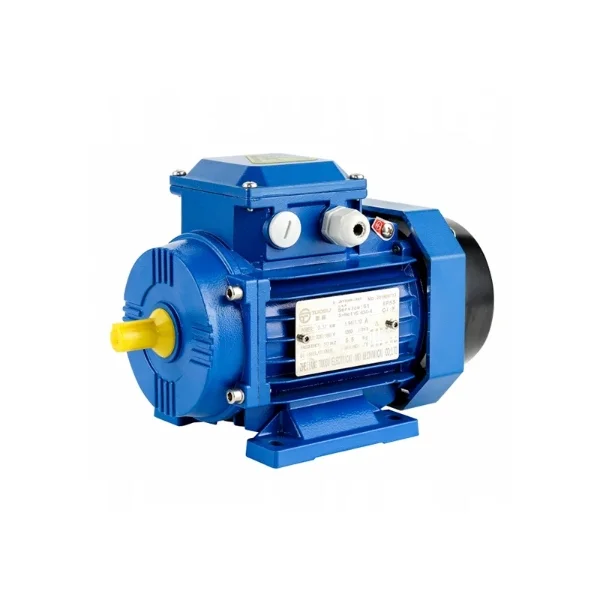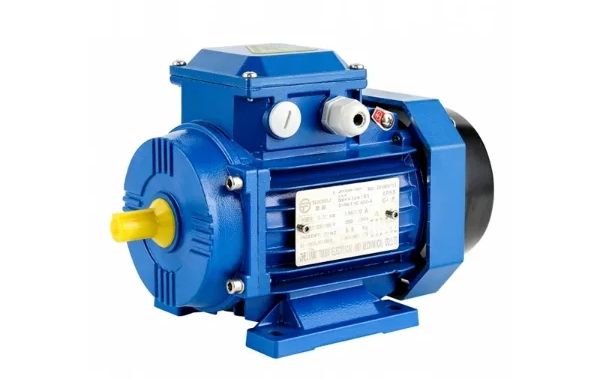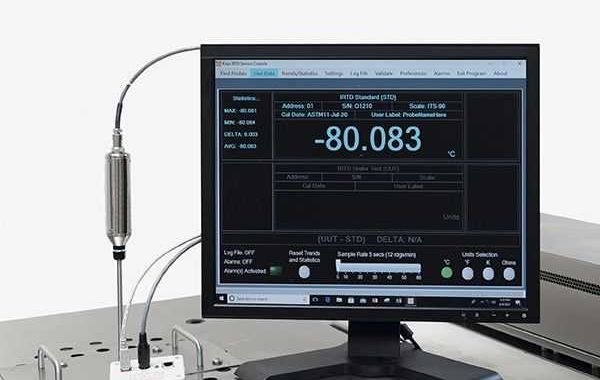A three-phase induction motor is one of the most widely used electric motors in the industry. It is found in a variety of applications ranging from home appliances to heavy machinery. This type of motor has several advantages over other types, such as its efficiency, cost, and reliability. In this blog post, we will provide an introduction to the basics of how three-phase induction motors work and their various applications.
What is an induction motor?
An induction motor is an electrical motor that uses electromagnetic induction to convert electrical energy into mechanical energy. The three-phase induction motor is the most commonly used electric motor. Induction motors are widely used in industrial and commercial applications such as fans, pumps, and compressors.
Principle of three-phase induction motor:
The three-phase induction motor is one of the most widely used electric motors. It is simple in construction, reliable, and rugged. The three-phase induction motor operates on the principle of electromagnetic induction. When a three-phase supply is connected to the stator winding, a rotating magnetic field is set up. This rotating magnetic field induces a current in the rotor winding. The resultant rotor current produces its own magnetic field which interacts with the rotating magnetic field of the stator. This interaction produces a torque that rotates the rotor
The three-phase induction motor has two main types: squirrel cage and wound rotor. The squirrel cage type is the most common type used in industrial applications. It is simple in construction and easy to maintain. The wound rotor type has a slip ring and brush arrangement to connect the external resistance to the rotor winding. This type of motor is used where speed control of the motor is required such as fans, pumps, and blowers
Types of three-phase induction motors:
Three-phase induction motors are classified into two types: squirrel cage and wound rotor.
Squirrel cage induction motors are the most common type of three-phase induction motor. They are also called "asynchronous" motors because the rotor speed is always less than the synchronous speed (the speed at which the rotating magnetic field inside the stator rotates). The rotor of a squirrel cage induction motor is a cylindrical device made of stamped or cast aluminum that contains conductor bars (sometimes called "squirrel cages") that are shorted together by end rings at each end. The conductor bars are arranged so that they form a continuous loop around the circumference of the rotor.
Wound rotor induction motors are less common than squirrel cage induction motors, but they have some advantages over squirrel cage motors. One advantage is that the rotor can be turned at speeds above or below the synchronous speed by changing the frequency of the AC power supply. This allows for better control of torque and speed. Another advantage is that wound rotor induction motors can handle higher starting currents than squirrel cage induction motors, making them suitable for applications where high starting torque is required, such as in compressors and pumps.
Working principle of three-phase induction motor:
The three-phase induction motor is the most widely used electrical machine. It is simple in construction, rugged, and reliable and its maintenance cost is low. The principle of operation of a three-phase induction motor is based on the production of a rotating magnetic field by means of the three-phase stator winding. The resultant rotating magnetic field activates the rotor to rotate and produce mechanical power.

The main component parts of a three-phase induction motor are:
- Stator: It consists of a cylindrical laminated core with a winding wound around it. The stator windings are connected to the 3 phases of the supply through slip rings and brushes.
- Rotor: It also consists of a cylindrical laminated core with winding (called squirrel cage winding) wound around it. The rotor does not have any electrical connection with the supply. Hence, it is called an ‘unshielded’ or ‘naked’ rotor. When supplied, fluxes are produced in both the stator and rotor core which interacts and creates torque.
Advantages of three-phase induction motors:
The three-phase induction motor is a reliable and rugged machine that is widely used in industry today. The machine has many advantages over other types of motors, including:
-Higher efficiency than single-phase induction motors
-Smooth torque delivery at all speeds
-Lower maintenance costs
-Higher power density (more power output per unit of weight)
-More robust construction than single-phase induction motors
Applications of three-phase induction motors:
The three-phase induction motor is the most commonly used motor in industrial applications. These motors are used in a wide range of applications, including fans, pumps, compressors, and conveyors. The three-phase induction motor is also used in many household appliances, such as refrigerators and washing machines.
The three-phase induction motor is a reliable and powerful machine for a wide variety of applications. It has advantages including low cost, robust construction and good starting torque, which makes it an ideal choice for many industrial purposes. Although the initial setup may be more involved than other types of motors, this technology can offer great performance in most installations. With careful selection and installation, the three-phase induction motor can provide reliable power with minimal maintenance requirements.








